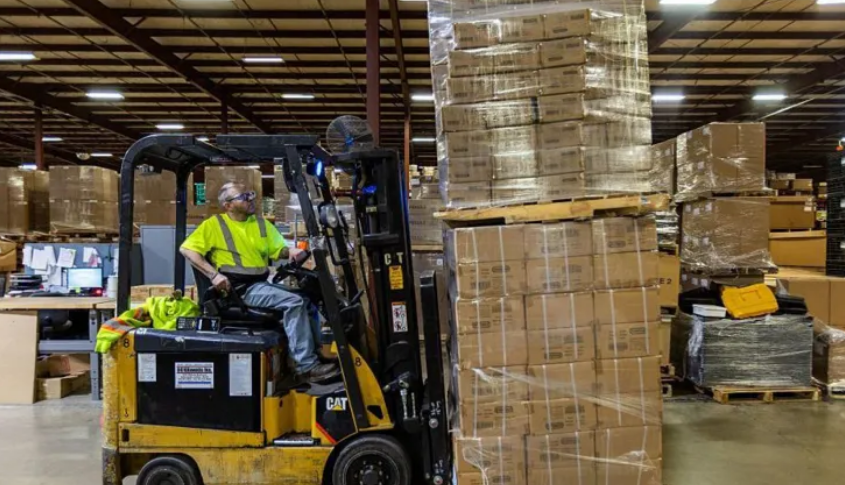U.S. employers added 177,000 jobs in April, underscoring continued strength in the labor market despite mounting concerns over trade policy disruptions and economic uncertainty.
The latest figures from the Labor Department released Friday show that the unemployment rate held steady at 4.2%, matching expectations even as analysts had braced for weaker growth amid recent volatility in financial markets and uncertainty surrounding sweeping new tariffs introduced by former President Donald Trump.
Hiring gains were led by the healthcare, warehousing, and transportation sectors, while federal government employment declined—likely reflecting Trump’s renewed pledges to trim public spending. Manufacturing and retail sectors also shed jobs, while local governments recorded employment increases.
Average hourly earnings climbed 3.8% over the past year, indicating solid wage growth, though not at a pace likely to alarm inflation-watchers.
Despite the headline job growth, some caution remains. Revised data showed that job gains in January and February were smaller than previously reported. Still, analysts say the broader trend points to underlying economic strength.
“This was a solid report,” said Olu Sonola, head of U.S. economic research at Fitch Ratings. “The key message is that the U.S. economy remained fundamentally strong through early April. But with the full effects of the new tariffs yet to be felt, the outlook remains clouded.”
Trump’s recent “Liberation Day” tariffs have pushed U.S. import taxes to levels not seen in over a century, with many firms taking a wait-and-see approach in response to the rapidly shifting policy landscape. The Labor Department’s data was collected shortly after the tariff announcement, meaning broader economic consequences may still be ahead.
Some analysts say the Federal Reserve now has less pressure to act quickly on interest rates. “Why would the Fed start cutting rates right now when unemployment is historically low, the consumer remains resilient, and inflation is above target?” said Seema Shah, chief global strategist at Principal Asset Management.
Still, Shah acknowledged growing concerns about a possible downturn. “The economy will weaken in the coming months, but with this kind of underlying momentum, the U.S. has a decent chance of avoiding a recession—provided it can ease back from the tariff brink.”
The data offers a snapshot of an economy balancing steady labor demand with mounting headwinds, as the country navigates an increasingly complex trade and policy environment.


